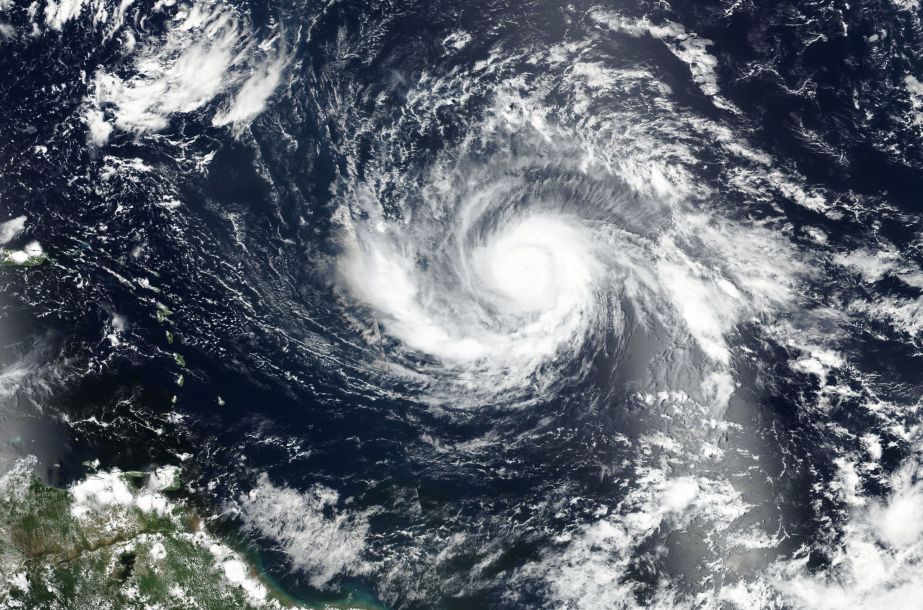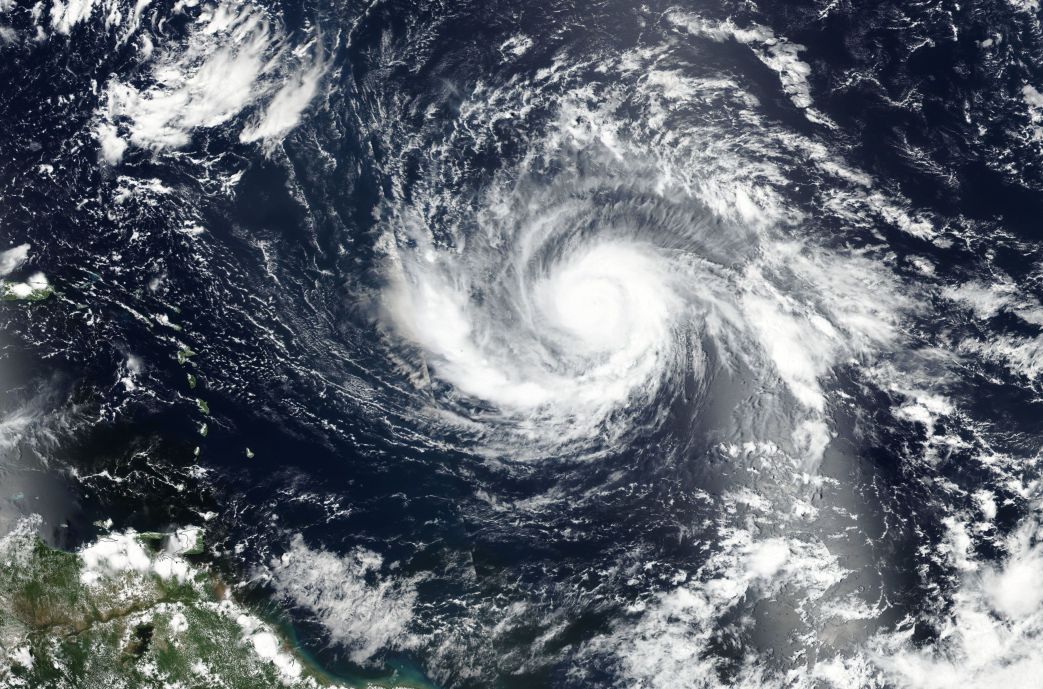By Clint Thompson
The slower a storm system moves through the Southeast, the increased likelihood of additional rainfall for the affected areas. While most farmers are aware that this nightmare scenario could lead to flooding, they might not be aware that the slowing down of storms is not a phenomenon. It is becoming more common.

Allyson Rae, chief meteorologist NBC2 in Fort Myers, Florida, spoke about this scary weather trend during the annual Florida Tomato Conference.
“I think that the slowing down of storms, again it doesn’t mean that every storm is slow, it means that we’re setting up an environment where storms can be slower, and that’s important, specifically when it comes to rainfall and storm surge. If you have a slower moving storm, you have the ability to increase your storm surge,” Rae said. “If you have a slower moving storm, you are going to have more rain. When you have rainfall rates really high and the storm is moving really quickly, your rainfall might not be as impactful. A storm just crawling, dumping rain six inches per hour, it’s problematic, not only for homes but for growers and farmers. It’s just a chain reaction of devastation.”
Florida producers only have to look back to 2022 to when a slow-moving storm impacted their region. That one was Ian. Rae said there were almost 20 inches of rain dumped in some parts of Southwest Florida, due in large part to Ian moving slow. Another high-profile hurricane was Harvey in 2017. It devastated Houston, Texas.
“Harvey is a great example of a slow-moving storm. It actually got stalled out through parts of Texas and had over 60 inches of rain. That’s just not manageable, by any sense, no matter what you do. That’s just going to be impossible to manage,” Rae said.
The scary outlook for specialty crop growers in the Southeast is that hurricanes and other tropical storm systems are not going away. Rae said growers will have to adapt to the changing weather patterns around them.
“I think rainfall events will be more common. I don’t know what the answer is, but there has to be some sort of adaptation if we want to continue to get that distribution as high as it usually is,” Rae said.











